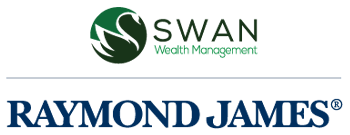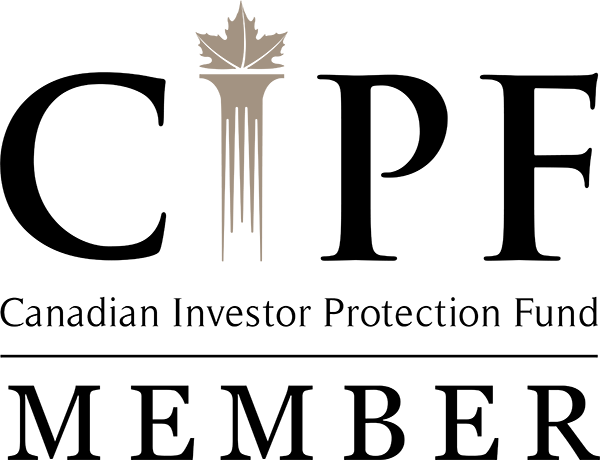How to Reduce Taxes for High Income Earners in Canada
By John Woodfield, Portfolio Manager B.Comm, CFP®, CIM®, FMA, FCSI®
Yes, I know, taxes are not likely your favourite topic. I am sure finding ways to reduce them is higher on the list though! Have you ever wondered why we all pay so much tax and how it is calculated on your investments?
If you’re a high income-earner or you’re retired and would like to reduce the taxes you pay in Canada, this article is for you.
Here are four quick and easy ways to keep more of your hard earned money in your pocket:
#1 Canadian Dividend Tax Credit
The taxman (and taxwomen) actually try to be fair when calculating how we pay taxes.
For example, we receive a tax credit for Canadian dividends received since the corporations themselves have already paid Canadian tax. It is us, the shareholders, who actually are on the hook for the corporate taxes so our receiving a credit for taxes paid on our behalf makes a lot of sense!
Note that this tax break is only available for dividends received from Canadian corporations. Also, note that since this is a credit it is possible to pay no taxes on dividends from Canadian companies if your income is below a certain threshold.
#2 Deduct Interest on Investment Loans and Investment Management Costs
Any interest costs you have on investments such as stocks or income producing property is fully deductible from your taxes.
Costs paid directly to a management firm such as Raymond James are also deductible. Note that if you own mutual funds or ETFs these management costs are not deductible nor are those within a registered plan such as a RRSP or an IRA (the US version of a RRSP). These deductions can cut your management cost in half so structuring your investments to take advantage of this tax break makes great sense.

#3 Monitor Your “Cost Base”
The cost, from a tax perspective, of your company shares is not simply what you initially paid for them. Since you pay taxes on the dividends each year, this taxable income adds to what is called a cost base or book value for your total portfolio when reinvested.
The tax you pay when you sell is the difference between market value (what you sell for) and book value (initial cost plus reinvested dividends).
Book value is a continuous cause of confusion for many people.
Book value is what the shares were initially bought for plus dividends reinvested plus any realized capital gains that have been reinvested.
As an example, a client may have invested $1,000,000 in a portfolio of stocks, but the book value shows $1,150,000 after a few years with no additional funds invested.
#4 Use the TFSA or RRSP effectively
Maximization of the TFSA is a must. RRSPs need a sound strategy and whether to contribute, or not, is dependent on your present income measured against your expected future income.
When you have to start removing the funds from the RRSP it becomes a RRIF.
Watch the video below to learn more about this.
Next Steps
If you’re in Canada or planning on moving to Canada and need assistance with moving your investments, estate planning, and portfolio management, please get in touch. At SWAN Wealth we specialize in Canadian wealth management and cross-border financial planning and wealth management.
More Financial Planning Articles & Guides
If you’re planning a cross-border move, these articles and guides will help you simplify your move and make sure you’ve got everything covered.
Cross-Border Estate Planning Guide
Roth IRA Canada: How to Manage Your Investments Across the Border
The Ultimate Financial Planning Resource for Dual Citizens or Green Card Holders Living in Canada
401k in Canada - How to Stay Onside with the IRS and Avoid a Large Tax Bill
Retiring to Canada - A Financial Planning Guide
Financial and Tax Planning for US Citizens Living in Canada
Canadian RRSP Facts for Dual Citizens, Expats and Canadians
About the Author:
John Woodfield is a Financial Management Advisor (FMA), a Chartered Investment Manager (CIM), a Certified Financial Planner (CFP), and in 2007 was inducted as a fellow of the Canadian Securities Institute (FCSI). As a portfolio manager and CFP®, he works with clients across Canada. John Woodfield’s clients are families, individuals and business owners who understand the importance of a comprehensive wealth and investment plan driven by the lifestyle they want to lead. Click here to schedule an introductory call with SWAN Wealth Management.
Schedule a Call
Book a 15-minute introductory call with SWAN Wealth Management. Click here to schedule a call.
Information in this article is from sources believed to be reliable, however, we cannot represent that it is accurate or complete. It is provided as a general source of information and should not be considered personal investment advice or solicitation to buy or sell securities. The views are those of the author, SWAN Wealth Management, and not necessarily those of Raymond James Ltd. Investors considering any investment should consult with their Investment Advisor to ensure that it is suitable for the investor’s circumstances and risk tolerance before making any investment decision. Raymond James Ltd. is a Member - Canadian Investor Protection Fund. Raymond James (USA) Ltd., member FINRA/SIPC. Raymond James (USA) Ltd. (RJLU) advisors may only conduct business with residents of the states and/or jurisdictions for which they are properly registered.




